Using Music in Speech Therapy
Using Music in Speech Therapy
Speech therapists can assume various roles- of an artist, a teacher or even a singer! Yes, you read that right! Speech therapists can also sing, dance and play music to build relevant skills. Music is a magical tool while working with children and adults having speech and language difficulties.
Why use music in speech therapy?
Music makes the therapy fun and engaging. It adds another dimension to the session, which makes learning language and speech a tad bit easier for the individual with speech and language delays/ disorders. It reduces the pressure to perform (to speak or use language) since music destresses the child or adult.
Most of the children take well to music and it allows them to get engaged in the activity quickly. The interaction between the therapist and child becomes easier. Teens and adults in speech therapy would typically also enjoy listening to music and hence perform better.
Science tells us that music has a positive effect on the development of the brain, language learning as well as reading skills in children. Playing an instrument and listening to music have positive impacts on the child. They rightly say, “Making Music Matters”! For adults with speech and language disorders music makes learning more memorable or relatable while keeping the sessions more relaxed/playful.
What to use?
Based on how you will be using music for the therapy session, there is a choice of using an audio device or actual / toy instrument.
Playing music on an audio/music device (such as a computer, tablet or phone that can run a music app off the internet) will allow access to a lot of songs quite easily. Although the songs can be started or stopped on command and you can choose a song of choice – the speed or lyrics of the song cannot be changed. These aspects must be paid close attention to since they are important during a speech therapy session. The goal of playing music in the session must define whether this is a good choice or not.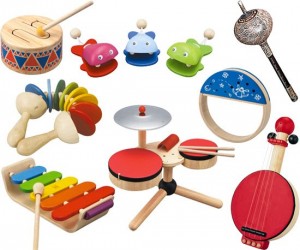
Some speech therapists may use actual instruments to play with the learner. It can be a guitar, drum etc.
There are several musical toy instruments available for children to explore. They may include drums, xylophone, pianos, saxophones etc. that are made of many different materials. The wooden ones, although expensive, make wonderful sounds and are generally more soothing. An individuals tolerance for different auditory sounds may also help with the choice of instruments to use.
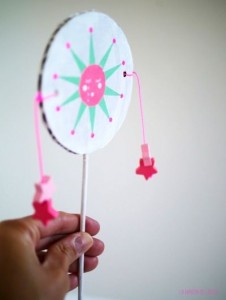 Many cause-effect toys are available that can play tunes when buttons are pressed. In speech therapy, these would help in engaging the child to build attention, request for music or a toy. The song would be great for the child to just listen or to begin rapport building between the therapist or adult.
Many cause-effect toys are available that can play tunes when buttons are pressed. In speech therapy, these would help in engaging the child to build attention, request for music or a toy. The song would be great for the child to just listen or to begin rapport building between the therapist or adult.
Upcycling house-hold items to make musical instruments can also be used. Making the instrument can become a fun activity in the therapy session, after which the instrument can be used.
Different ways to Teach with Music.
Music can be used in many different ways within a therapy session, based on which aspect of speech and language is being taught by the therapist. A few ways to involve music are:
1. Get them to Listen.
Let the child or adult listen to a song. This can achieve the following-
(a) Provides a wonderful beginning for a session. Music is engaging and a familiar tune can assist in building rapport within the session.
(b) Choose a song with the concept to be taught. This would help in generalizing the concept. For example, the song – ‘head shoulders knees and toes’ can be used to emphasize the different body parts. 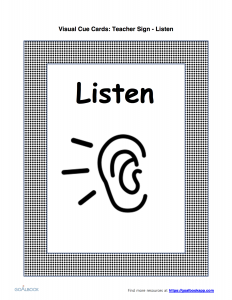
(c) Listening to a song may also be used to heighten an individuals’ listening skill. Such as “say ‘quack’ everytime you hear the word duck in the song!” Using a visual cue to ‘listen’ would help prepare the learner to pay more attention towards the task.
2. Allow exploration
Exploring musical instruments is a great way to get children comfortable. Allowing for engagement with the instrument before adult-directed instructions are added can enable the child to do much better in the session. 
While the child is exploring the instrument, language skills can be pushed by talking about – what the child is hearing and doing (listen below to hear how).
3. Move along
When a simple tune or rhyme is being played, a child/adult can be encouraged to follow by moving along or swaying to the tune. Participating in such actions through a rhyme is a great way to build – listening, attention and following instructions. Once the individual is comfortable with the movements, a speech therapist can slowly combine saying sounds or words and motor actions. For many individuals, encouraging sounds with movements can have promising outcomes.
A full body mirror provides wonderful feedback for this activity!
4. Play along
This is THE most fun part of playing an instrument. Simple beats can be imitated or even a tune. Appropriate cues must be used by the therapist to help the learner. 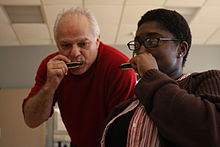
This activity is wonderful in building – concentration, and attention to a task. It also improves listening skills, motor imitation, and even auditory memory. All these skills are great precursors to good language and speech.
5. Playing as a group
Playing a musical instrument along with peers or even swaying to moving (dancing) along with friends or peers can build confidence. It gives opportunities to generalize listening skills, help them learn to listen to instructions from others (not only the therapist). Social skills (such as taking turns) will come into play along with the use of appropriate social communication skills. 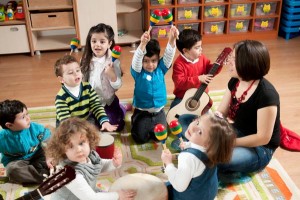
A group can begin interactions with either a song familiar to all or a song to introduce oneself (e.g. my name is….). The group setting can be made more challenging by adding tunes for all to play together or play parts (such as in an orchestra). Once again visual or verbal cues must be available to help them understand turn-taking (my vs. yours), waiting, or even sequence of events.
6. Humming along
For few children and adults, using their voice is not easy. Even a skill such as humming is not possible. Music can assist the individual to play with their voice. Play a very simple tune, preferably one with repeated beats e.g. One two buckle my shoe or Rain, rain go away. Hum the tune and assist the child or adult to follow.
7. Talk along the beats
For individuals who are learning to – vocalize sounds, string words confidently or even be fluent with their speech – talking along to beats can make it easier. Use an instrument of choice and strum it to a consistent beat. Getting the child or adult to talk along to the beat helps.
8. Calming
The inability to speak or use speech effectively can at times be quite stressful for children and adults. Music can help alleviate anxiety and provide a space for comfort. Between difficult speech /language tasks, a music break can be provided (to hear a favorite tune) for a couple of minutes. This little break can make the rest of the speech session more fruitful.
Remember to use cue card for the child/individual to request for music and even a schedule, if necessary, when the music breaks will be. 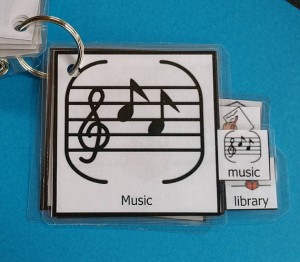
Note: Music therapy is an evidence-based approach to build skills through music. A speech therapist and qualified musical therapist can work alongside each other to build an individuals’ skill. Musical therapy is slowly becoming popular amongst children and adults with delays in the developed world such as in the US.
- What is speech therapy and what Speech Therapist Do? - December 22, 2022
- 5 Simple Ideas to Make Flashcards Fun - June 28, 2018
- Should I use ‘NO’ with my child? - June 24, 2018

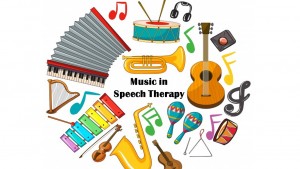
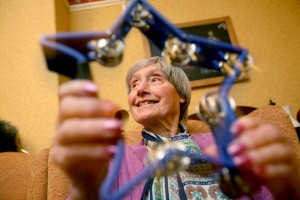
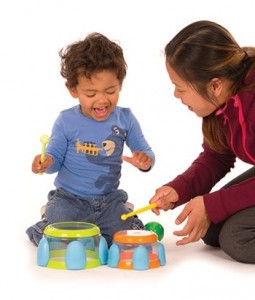
Leave a Comment
(2 Comments)
Tôi ở Việt Nam và đang làm việc với trẻ tự kỷ, chậm nói. Tôi yêu thích việc sử dụng liệu pháp âm nhạc trong trị liệu cho trẻ em. Cảm ơn vì bài viết hay này
Vui mừng vì bạn thích nó! (Glad you liked it!)
Categories
Recent Posts